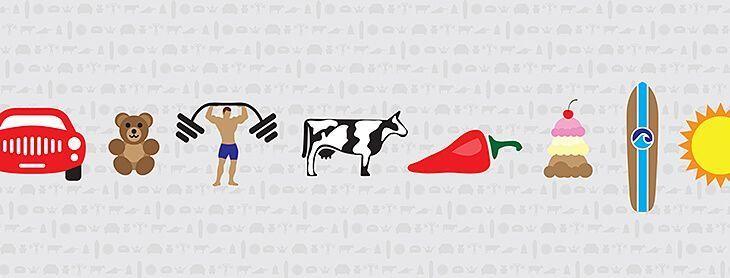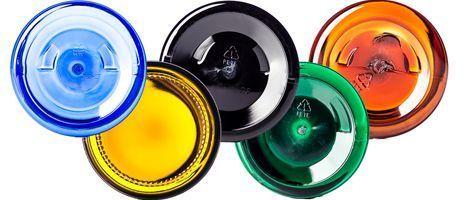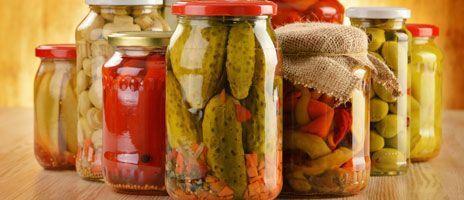5 Packaging Procurement Mistakes that Cost Businesses Money


Ordering packaging online looks easy. Click, cart, done. But beneath that “Add to Cart” button lurk a few sneaky pitfalls that love to eat budgets for breakfast. Most businesses don’t notice until boxes start showing up late, cracked, or not at all.
Understanding these mistakes is important for anyone looking to improve reliability and control costs in their packaging supply chain. Small details in the ordering process can make a big difference.
Here are the top mistakes we’ve seen once or twice, and how to sidestep them like a pro who’s already made them once or twice.
Mistake 1: Choosing Low-Grade Materials
Cheap packaging is like a discount parachute - it saves you money right up until it doesn’t. Those savings disappear fast when problems start piling up. Low-grade materials fail more often, and those failures cost way more than the original savings.
Product Damage Drives Returns

The real cost hits when you factor in refunds, replacement products, and return shipping fees. A $0.15 bottle that saves you $0.05 over a quality option can cost $15 in damages when it fails.
Common failure points include:
- Thin bottle walls that crack under pressure
- Cheap closures that don't seal properly
- Weak materials that tear during handling
- Poor-quality labels that peel off or smudge
Hidden Shipping Costs Add Up
Carriers charge extra fees when packages arrive damaged and need repacking. Your team spends time inspecting returned goods, sorting through damaged inventory, and dealing with customer complaints. These labor costs aren't visible on your packaging invoice, but they're real expenses that eat into your profits.
Mistake 2: Waiting Until The Last Minute To Order
We get it. Packaging isn’t always top of mind until the shelf’s looking empty. But waiting until the eleventh hour means you’re paying rush fees, expedited shipping, and occasionally your own sanity.
Rush Fees And Expedited Shipping
Last-minute orders trigger rush production charges from suppliers. Instead of standard ground shipping, you're paying for air freight or expedited delivery. These premium services can double or triple your shipping costs.
Suppliers also charge rush fees when they have to prioritize your order over others. What normally costs $500 for standard production might cost $750 when you need it in half the time.
Missing Launch Windows
Late packaging deliveries create a domino effect. Your product launch gets delayed, missing seasonal sales opportunities or planned marketing campaigns. If you're launching a summer product line, getting packaging in August instead of May means missing the entire peak season.
The cascade effect looks like this:
- Packaging arrives late
- Production schedule shifts back
- Launch date moves to off-season
- Marketing spend becomes less effective
- Revenue projections fall short
- You get sad (this may also happen earlier in the process)
Treat packaging lead times like production deadlines. Build in buffer stock to keep your supply chain stable and predictable.
Mistake 3: Buying On Price Instead Of Total Cost
A low unit price doesn’t mean a low total cost. Smart procurement looks beyond what’s printed on the invoice to what packaging actually costs over time.
The Real Cost Breakdown
Total cost of ownership includes more than just the price per bottle or jar. Here's what actually impacts your bottom line:
- Material cost: The price you pay upfront
- Shipping expenses: Getting packaging to your facility
- Damage costs: Products lost to packaging failures
- Return processing: Labor and shipping for returns
- Brand impact: Customer trust lost from poor experiences
Cheap packaging materials often cause expensive downstream problems like damaged goods, negative reviews, and wasted marketing spend (the horror.)
A $0.50 bottle that never fails beats a $0.35 bottle that causes $2.00 in damage costs 10% of the time. Poor packaging creates warranty claims and rework costs. Your customer service team spends time handling complaints. You ship replacement products at your expense. Negative reviews hurt future sales (and feelings.)
These costs don't show up on packaging invoices, but they're directly connected to packaging quality. Cheap materials often create expensive problems down the line.
Mistake 4: Skipping Early Supplier Collaboration
Bringing your packaging supplier in after product development is like calling the mechanic once you’ve already driven through the pothole.
Late Changes Cost More
When packaging suppliers see your product for the first time at the end of development, they often identify issues that require design changes. Maybe your product dimensions don't work with standard bottle necks, or the properties of your “hot sauce foot scrub” needs special barrier properties.
Early collaboration helps you:
- Design packaging that fits your product and budget
- Choose materials compatible with your formulation
- Avoid tooling errors and production delays
We’ve seen brands cut development costs by up to 40% simply by looping us in early. When your packaging supplier understands your product’s needs upfront, you save weeks of redesigns and thousands in revisions.
Mistake 5: Overlooking Sustainability Requirements
Eco-friendly packaging is becoming a business requirement for many. Even if sustainability isn’t your vibe, a lot of big players have strict sustainability requirements they have to adhere to. Here’s what you can expect when pitching to these large companies.
Recyclability Symbols Matter
Most plastic packaging displays resin identification codes (those numbers inside triangles.) Each number indicates a different plastic type: PET (1), HDPE (2), PVC (3), LDPE (4), PP (5), PS (6), and others (7). Consumers look for these codes when deciding how to dispose of packaging. Incorrect or missing codes create confusion and may prevent proper recycling. Many municipal recycling programs use these codes to accept or reject materials.
Retailer Sustainability Scorecards
Major retailers like Walmart, Target, and Amazon evaluate suppliers based on packaging sustainability. These eco scorecards track recyclability, recycled content usage, and waste reduction efforts. Meeting sustainability requirements can determine whether retailers accept your products. Higher scores on these assessments help secure shelf space and preferred vendor status.
STA And Amazon Standards Explained
ISTA (International Safe Transit Association) provides testing protocols that simulate shipping conditions. These tests include drops, vibration, compression, and temperature changes to verify packaging protection.
Amazon SIOC (Ships in Own Container) requirements apply to products shipped in their original packaging without additional boxes. SIOC packaging must meet specific strength, labeling, and opening requirements to qualify for this program.
Get Containers and Packaging from Container and Packaging
At Container and Packaging, we’ve seen all five mistakes (and plenty more that didn’t make the list). Our team helps businesses avoid the hidden costs of packaging gone wrong, from testing and hidden requirements to smart sourcing and early collaboration.
Container and Packaging offers packaging solutions across multiple industries, including personal care, food and beverage, nutraceuticals, and industrial chemicals. Their product range includes bottles, jars, closures, and accessories in both plastic and glass options.
Let’s make sure your packaging is “rock solid” and not “cracked and sticky.” Unless you’d like it to be cracked and sticky. We’re not judging.
Browse packaging options at containerandpackaging.com/catalog.
FAQs About Packaging Procurement Mistakes
How far in advance do packaging suppliers need for custom orders?
Most packaging suppliers require at least 6-12 weeks for custom orders, including time for tooling, sampling, and production setup.
What minimum order quantities do packaging suppliers typically require?
Container and Packaging has smaller minimums than most packaging suppliers. Standard minimum order quantities from other companies range from 1,000 to 10,000 units, depending on the packaging type.
Can packaging suppliers provide warehousing?
Many packaging suppliers offer warehousing services with scheduled deliveries to help manage inventory levels and cash flow. If you want to reclaim your spare room, this is the place to start.
Do sustainable packaging options always cost more than conventional materials?
Eco-friendly packaging typically costs 5-15% more upfront but can help meet certain packaging regulations and appeal to environmentally conscious consumers and retailers.




